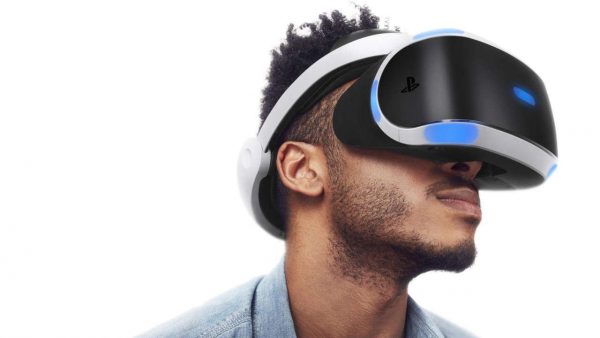
It would be easy to say that the recent era of VR gaming has been a failure.
When the Oculus Rift launched on Kickstarter in 2012, it did what most successful Kickstarter campaigns do; it capitalized on the wishes of a generation by promising the moon and offering just enough hope to make you believe. Gamers everywhere wanted to believe that the virtual reality games they dreamed of growing up were now possible. To the credit of the Oculus Rift development team, they did create a product that made it look like VR was as simple as putting on a headset and stepping into a new world.
The truth turned out to be a little more complicated. The Oculus Rift did usher in an era of VR that was far more accessible and technically impressive than any attempts at the technology that we’ve seen in the past, but it came with more than a few catches. For one thing, it turns out that quality modern VR technology is incredibly expensive. While early Oculus Rift backers were able to get a developer’s kit for a $300 pledge, the current model of the Rift costs $399 (and that’s after a series of price drops). Elsewhere, the technologically superior HTC Vive retails for as much as $1,100 if you want the full kit.
Even if you do get a top of the line VR device, you still need a computer powerful – i.e. expensive – enough to run it and enough room to move around while playing it. After all that, you still need to buy some VR “games” that sadly typically only feature a few hours of simplified gameplay. What we’re trying to get at here is that most VR devices are expensive, cumbersome, and tend to not be worth the effort in terms of gameplay.
That is until the PlayStation VR came along.
Let’s get a few things straight so there are no misunderstandings. First off, the PlayStation VR is far from the most advanced VR peripheral out there. It’s comparatively slow, it’s not very comfortable to wear, and its power is forever tied to the outdated technology of the PS4 or the less outdated technology of the PS4 Pro. It’s a budget VR option for console gamers.
That’s also what makes it so brilliant. The PSVR is the only VR device on the market that removes most of the burdens that come from using VR devices in the first place. It’s an affordable and remarkably hassle-free way to experience what is, fundamentally, some exciting technology. It certainly doesn’t hurt that the PSVR features the biggest library of VR games that feel like…games. The PSVR is the absolute best argument for the validity of virtual reality’s future in gaming.
Yet, there are many who believe that the PlayStation 5 will not feature a VR device of its own. Quite frankly, it’s hard to argue against them.
The PSVR may be the best overall VR device on the market from a consumer standpoint, but the fact of the matter is that it’s not really that popular. Sony has reportedly sold a little over 2 million PSVR units so far, which sounds nice until you realize that there are almost 80 million PS4s in the world. That’s a less than 3% adoption rate. Sony has even admitted that the VR market isn’t really growing like they thought it would, and Microsoft has recently stated that they’ve dropped all plans for VR now and in the immediate future.
This puts Sony in a bit of a bind. If they believe that the future of VR is bright, then they are in a position to be the only console manufacturer offering native VR technology next generation. They’d also be the only console manufacturer who has proven that they can deliver a VR experience worth investing in.
Ultimately, though, the dreams of virtual reality have always succumbed to harsher realities. For Sony, the idea of investing in a future that feels more and more like a fascination of the past every day might just be too hard to justify to its investors, creators, and possibly even fans.










![Wicked: For Good Is Up For Pre-order On Disc & Digital Including Collector’s & SteelBook Editions [Updated] Wicked for Good digital poster](https://hd-report.com/wp-content/uploads/2025/11/wicked-for-good-digital-poster-324x160.webp)

Yes it will indeed will and should also.
Yes I know ps5 should support vr because i’m a fan of virtual reality and feeling like i’m inside a virtual world it’s mind blowing to me